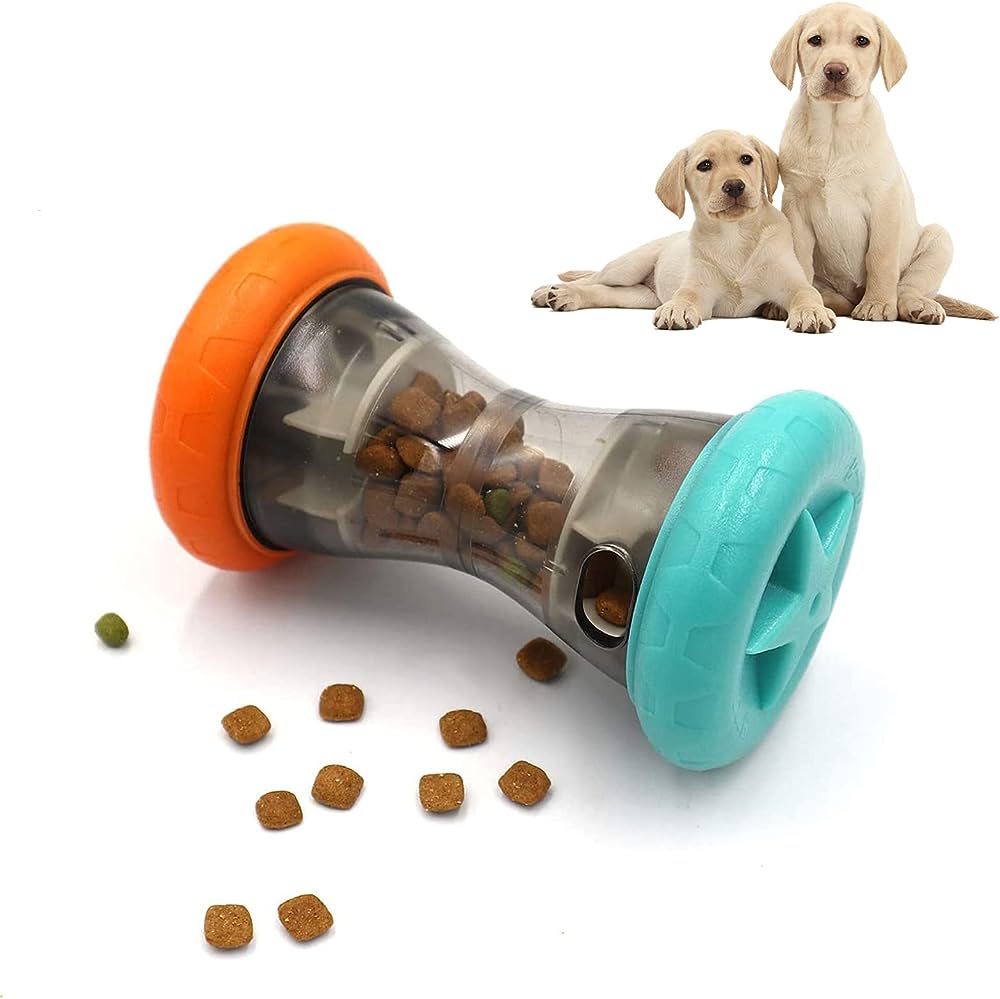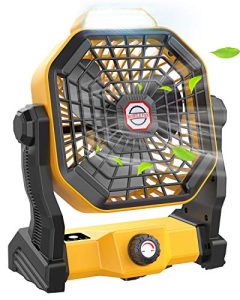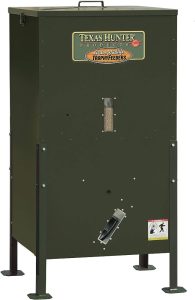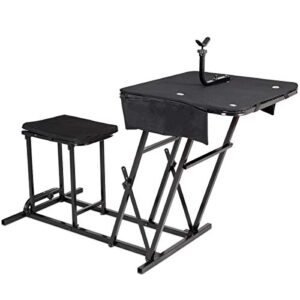Contents
- The Ultimate Interactive Dog Feeder
- Types of Interactive Dog Feeders
- Choosing the Right Interactive Dog Feeder
- Training Your Dog to Use an Interactive Feeder
- Feeding Strategies with Interactive Dog Feeders
- Common Challenges and Solutions
- Safety Considerations
- Introducing Variety and Engagement
- Homemade DIY Interactive Dog Feeders
- Conclusion
Imagine meal times becoming a fun and engaging experience for your beloved furry friend. With “The Ultimate Interactive Dog Feeder,” you can transform your dog’s daily feeding routine into an entertaining activity. This innovative product combines the benefits of interactive play and mealtime, providing mental stimulation, slower eating pace, and a healthy way for your dog to enjoy their food. Say goodbye to messy and rushed mealtimes, and say hello to a happier and healthier companion with “The Ultimate Interactive Dog Feeder.”
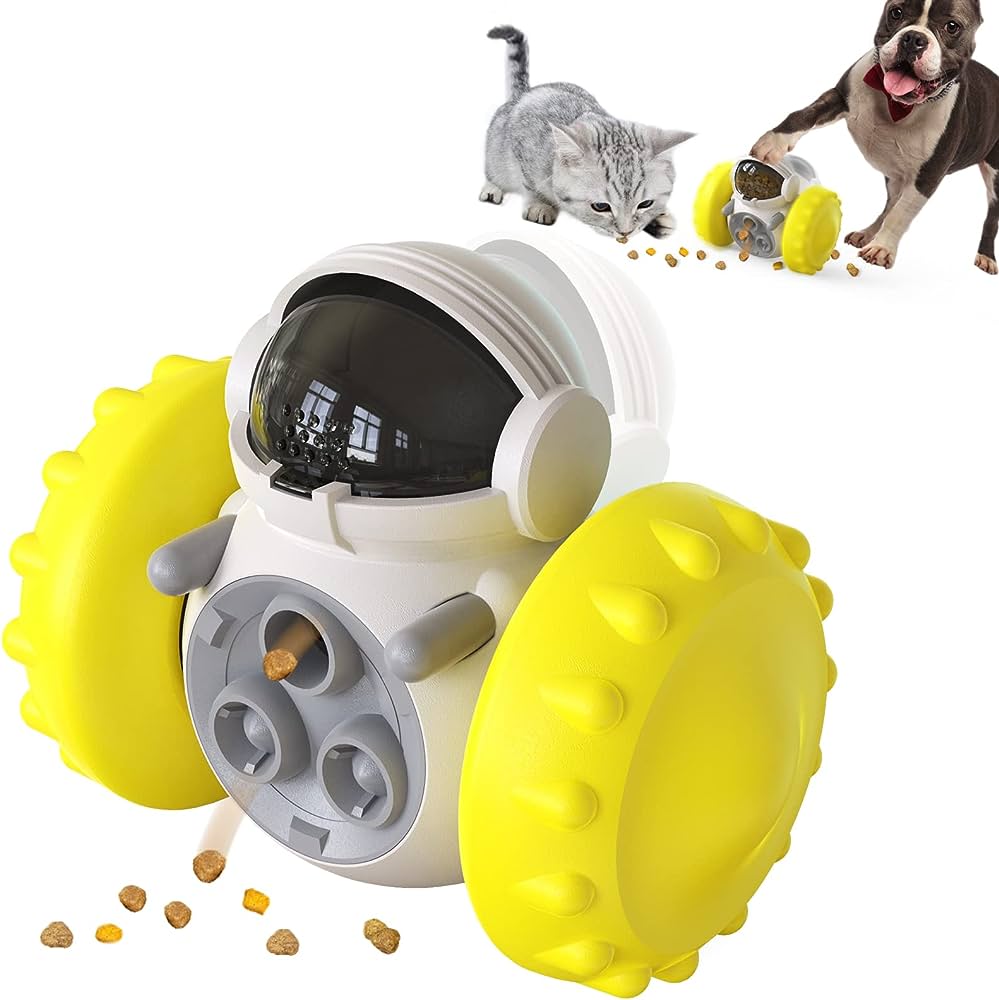
The Ultimate Interactive Dog Feeder
What is an interactive dog feeder?
An interactive dog feeder is a specialized feeding tool designed to make mealtime more engaging and challenging for dogs. Unlike traditional dog bowls, interactive feeders require dogs to interact with the feeder in order to access their food. These feeders often incorporate various puzzles, obstacles, or dispensing mechanisms that require dogs to think and problem-solve in order to retrieve their meals.
Why use an interactive dog feeder?
Using an interactive dog feeder offers numerous benefits for both you and your furry friend. First and foremost, interactive feeders provide mental stimulation for dogs. By engaging their minds during mealtime, interactive feeders help prevent boredom and alleviate behavioral problems that may arise from a lack of mental stimulation. Additionally, these feeders promote slower eating habits, which can aid in digestion and reduce the risk of bloating or other digestive issues. Furthermore, interactive feeders can be a valuable tool for training and promoting good behavior, as they encourage dogs to work for their food and reinforce positive habits.
How does an interactive dog feeder work?
Interactive dog feeders come in various designs and mechanisms, but the underlying concept is the same: they require dogs to actively engage with the feeder to access their food. Puzzle feeders, for example, feature hidden compartments or obstacles that dogs must manipulate to uncover their food. Slow feeders have ridges or compartments that impede fast eating, encouraging dogs to slow down and savor their meals. Treat dispensers release small amounts of food as the dog interacts with the toy, rewarding them for their efforts. By incorporating these interactive elements, these feeders turn mealtime into a mentally stimulating activity for dogs.
Benefits of using an interactive dog feeder
Using an interactive dog feeder has several benefits for both dogs and their owners. First and foremost, interactive feeders can help prevent and alleviate behavioral problems stemming from boredom or lack of mental stimulation. By providing a mental challenge during mealtime, these feeders keep dogs engaged and entertained. Additionally, interactive feeders promote slower eating habits, which can improve digestion, reduce the risk of bloating, and help with weight management. These feeders also serve as training tools, as they allow pet owners to reinforce positive behaviors and provide a sense of achievement for dogs. Overall, using an interactive dog feeder can enhance your dog’s physical and mental well-being.
Types of Interactive Dog Feeders
There are several types of interactive dog feeders available, each offering a unique experience for your furry companion.
Puzzle Feeders
Puzzle feeders are designed to stimulate your dog’s problem-solving skills. These feeders feature hidden compartments or obstacles that dogs must navigate to find and retrieve their food. The complexity of the puzzles can vary, ranging from simple maze-like designs to more intricate mechanisms. Puzzle feeders provide mental stimulation and can help prevent boredom in dogs by challenging their cognitive abilities.
Slow Feeders
Slow feeders are specifically designed to slow down a dog’s eating pace. These feeders usually have ridges, spikes, or compartments that create obstacles, forcing the dog to eat more slowly and take smaller bites. By promoting slower eating, slow feeders aid in digestion, reduce the risk of choking or regurgitation, and prevent bloating. They are especially beneficial for dogs prone to fast eating or those with certain health conditions.
Snuffle Mats
Snuffle mats are a type of interactive feeder that mimics foraging in the wild. These mats are made of various fabrics or materials with long strands or pockets. Owners can hide food within the strands, requiring dogs to use their noses and paws to sniff and search for their meals. Snuffle mats provide mental stimulation, encourage slow eating, and tap into a dog’s natural instincts to forage and search for food.
Treat Dispensers
Treat dispensers are interactive feeders that reward dogs for their efforts with small treats. These feeders often have compartments or mechanisms that dispense treats as the dog interacts with the toy. Dogs learn to manipulate and explore the toy, gradually uncovering the treats. Treat dispensers can be a useful tool for training, as they reinforce positive behaviors while providing mental stimulation and enrichment.
Food-Dispensing Toys
Food-dispensing toys are another form of interactive dog feeders that provide both mental and physical stimulation. These toys are typically hollow with a small opening through which food can be inserted. Dogs must then roll, toss, or manipulate the toy to release the food. Food-dispensing toys keep dogs entertained and engaged, promoting problem-solving skills, and encouraging physical activity during mealtime.
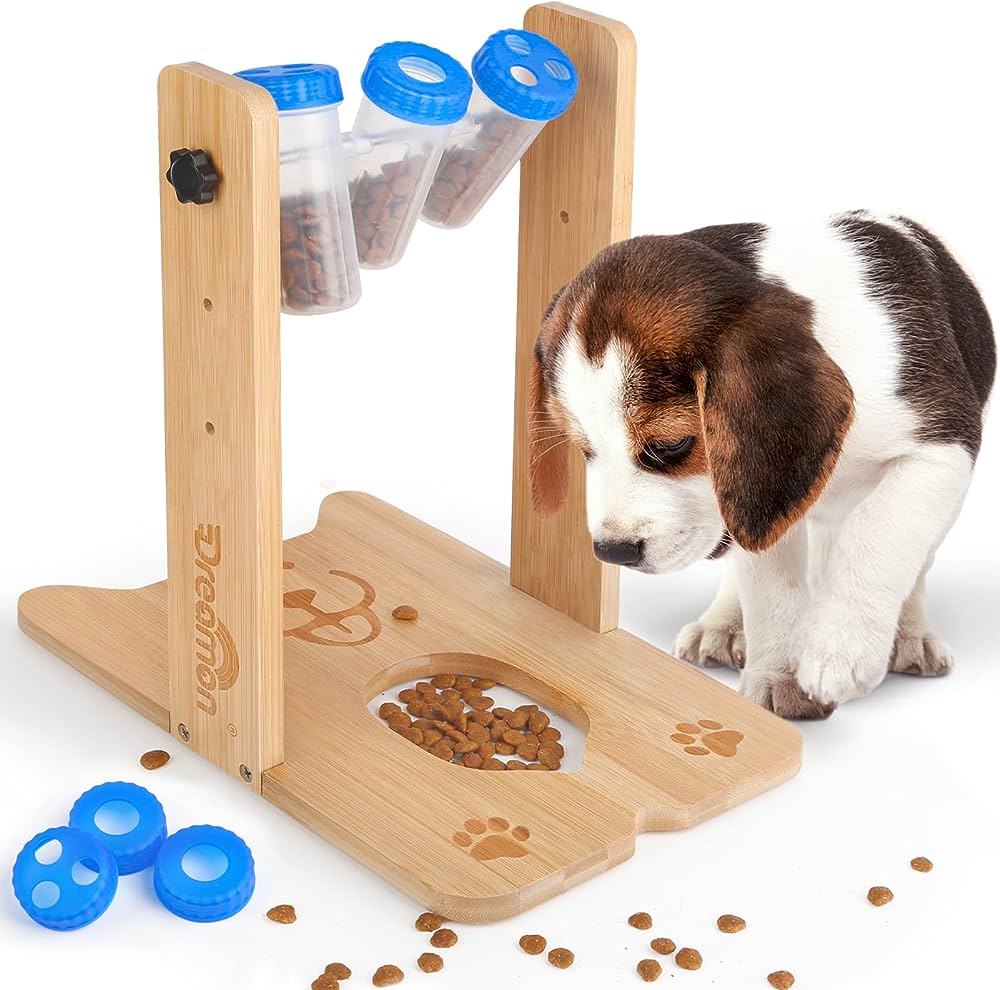
Choosing the Right Interactive Dog Feeder
When selecting an interactive dog feeder, there are several factors to consider to ensure that you choose the right one for your furry friend.
Consider your dog’s eating habits
Before purchasing an interactive dog feeder, it’s important to consider your dog’s eating habits. Some dogs are voracious eaters, while others may be more cautious or finicky. Understanding your dog’s eating style will help you select a feeder that suits their individual needs and preferences.
Select the appropriate difficulty level
Interactive dog feeders come in various difficulty levels, ranging from beginner to advanced. It’s crucial to choose a feeder that matches your dog’s capabilities to prevent frustration or disinterest. Start with a feeder that offers a moderate level of difficulty and gradually increase the complexity as your dog becomes more proficient.
Size and capacity
The size and capacity of the interactive feeder should be appropriate for your dog’s breed and size. Ensure that the feeder can accommodate enough food to satisfy your dog’s nutritional needs without being too large or cumbersome. Additionally, consider the size of the individual compartments or openings, as smaller dogs may struggle with larger obstacles or holes.
Material and durability
When choosing an interactive dog feeder, opt for high-quality materials that are safe for your dog to interact with. Avoid feeders that contain toxic substances or small parts that may pose a choking hazard. Additionally, look for feeders that are sturdy and durable, as dogs can be rough with their toys, especially when food is involved.
Cleaning and maintenance
Consider the ease of cleaning and maintaining the interactive dog feeder. Ensure that the feeder can be easily disassembled and cleaned to maintain good hygiene standards. Some feeders may be dishwasher safe, while others require handwashing. Choose a feeder that aligns with your cleaning preferences and capabilities.
Training Your Dog to Use an Interactive Feeder
Once you’ve chosen the perfect interactive dog feeder for your furry friend, it’s time to train them to use it effectively.
Introduction and familiarization
Introduce the interactive feeder to your dog gradually, allowing them to explore and familiarize themselves with the new tool. Start by placing treats or a small amount of food in the feeder and let your dog figure out how to access the rewards. Slowly increase the level of difficulty as your dog becomes more comfortable and proficient.
Using positive reinforcement
Positive reinforcement is a key component of training your dog to use an interactive feeder. Use praise, treats, and encouragement to reward your dog for their efforts and successes. Make mealtime a positive experience by associating the interactive feeder with rewards and praise, further motivating your dog to engage with the feeder.
Gradual transition from traditional feeding methods
If your dog is accustomed to traditional feeding methods, such as a regular dog bowl, it’s important to transition them gradually to the new interactive feeder. Start by replacing a portion of their regular meals with interactive feeder sessions and gradually increase the frequency and duration. This gradual transition will help your dog adapt to the new feeding routine without causing any digestive issues or stress.
Monitoring progress and making adjustments
Observe your dog’s progress and behavior during interactive feeding sessions. Pay attention to any difficulties or frustrations they may encounter and make adjustments accordingly. If your dog seems disinterested or overwhelmed, simplify the feeder’s design or start with an easier level of difficulty. On the other hand, if your dog quickly masters the feeder, gradually increase the complexity to keep them challenged and engaged.
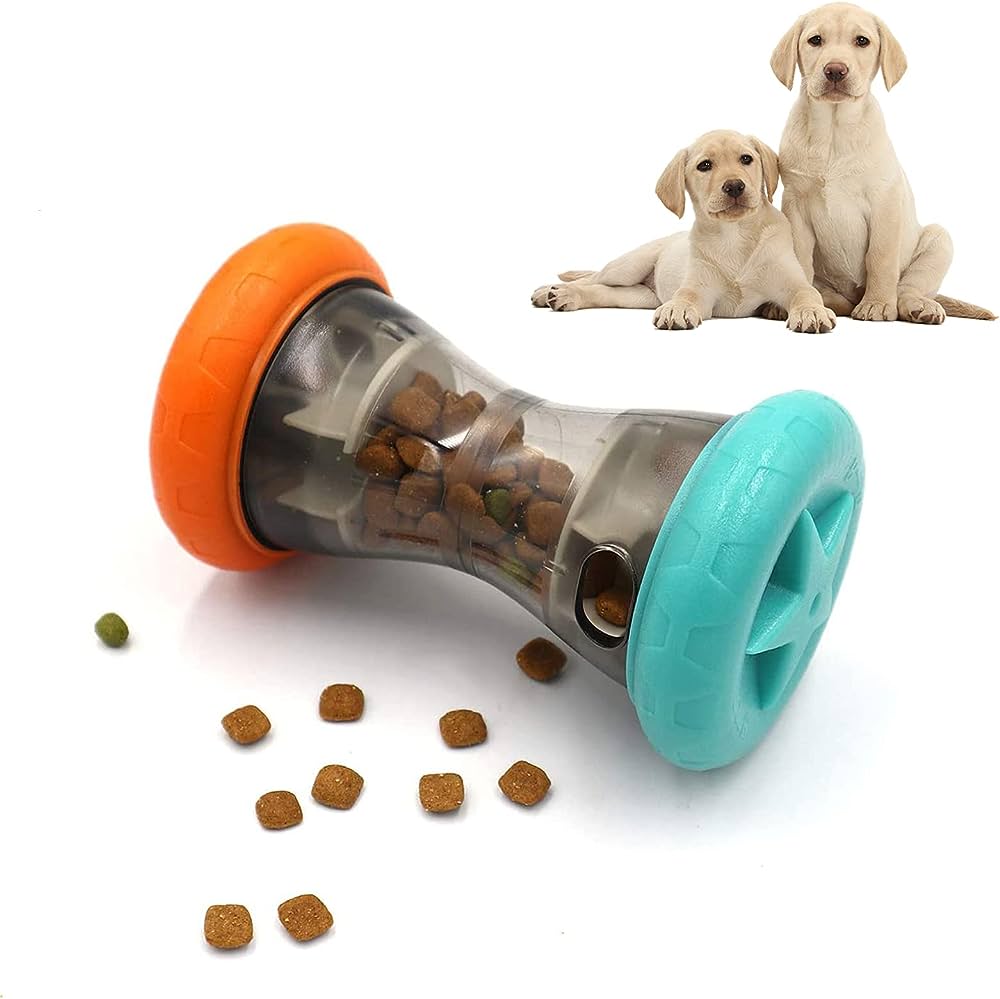
Feeding Strategies with Interactive Dog Feeders
Using an interactive dog feeder opens up various feeding strategies that can benefit your dog’s overall well-being and mealtime experience.
Breaking up meals into smaller portions
Interactive feeders allow you to break up your dog’s meals into smaller portions, promoting more frequent feeding throughout the day. This feeding strategy can help prevent overeating, promote better digestion, and keep your dog mentally and physically engaged. Consult with your veterinarian to determine the appropriate portion sizes and frequency for your dog’s specific dietary needs.
Combining kibble with treats or wet food
To add an extra layer of excitement and reward for your dog, consider incorporating treats or wet food into the interactive feeder. Mixing kibble with tasty treats or a small amount of wet food can entice your dog to engage with the feeder and make mealtime even more enjoyable. Be mindful of the overall calorie intake and ensure that treats or wet food additions align with your dog’s dietary requirements.
Using the interactive feeder as a training tool
Interactive feeders can double as training tools, allowing you to reinforce positive behaviors and further enhance your dog’s training routine. Use the interactive feeder to reward good manners, obedience, or specific commands. This not only promotes mental stimulation during mealtime but also strengthens the bond between you and your dog.
Feeding to promote mental stimulation and slow eating
One of the primary benefits of using an interactive dog feeder is to promote mental stimulation and slower eating. Incorporate feeding sessions with the interactive feeder into your dog’s daily routine to provide a mental challenge and prevent boredom. Slow feeders, in particular, can help slow down fast eaters and reduce the risk of digestive issues. By combining mental and physical stimulation, interactive feeders can contribute to your dog’s overall well-being.
Common Challenges and Solutions
While interactive dog feeders offer many benefits, there can be challenges along the way. Here are some common challenges and solutions to help you navigate them.
Dog losing interest in the feeder
If your dog loses interest in the interactive feeder, it might be a sign that the difficulty level is too high or that they need more variety in feeding sessions. Try starting with an easier feeder design or introduce a different type of interactive feeder to keep things interesting. Rotating between different feeders can help prevent boredom and maintain your dog’s enthusiasm during mealtime.
Difficulty adapting to the interactive features
Some dogs may initially struggle to understand how to interact with the feeder or may find certain obstacles too challenging. In such cases, consider providing gentle guidance and encouragement to help your dog overcome the difficulties. Demonstrate how to manipulate the feeder or use treats to entice them to interact with it. Patience and positive reinforcement will help your dog develop the necessary skills and confidence.
Overeating or gulping food
While interactive feeders can help slow down eating, some dogs may still be prone to overeating or gulping their food. If this is the case, consult with your veterinarian to explore alternative feeding strategies or specific feeders designed to address these issues. You may need to adjust portion sizes, use slow feeders with smaller openings, or provide feeding solutions specifically designed to encourage slower eating habits.
Aggressive behavior during feeding
In rare cases, dogs may exhibit aggressive behavior during interactive feeding sessions, particularly if they perceive a shortage of food or a competition for resources. If aggression arises, consult with a professional dog trainer or behaviorist for guidance. They can assess the situation, identify the underlying causes, and provide appropriate training and behavior modification techniques to address the aggression.
Finding the right balance and adjustment
Each dog is unique, and finding the right balance with interactive feeding may require some trial and error. Be observant of your dog’s behavior and adjust the difficulty level, feeding strategies, or meal frequency accordingly. Pay attention to any changes in your dog’s appetite, energy levels, or general well-being, and consult with your veterinarian if you have any concerns or questions.
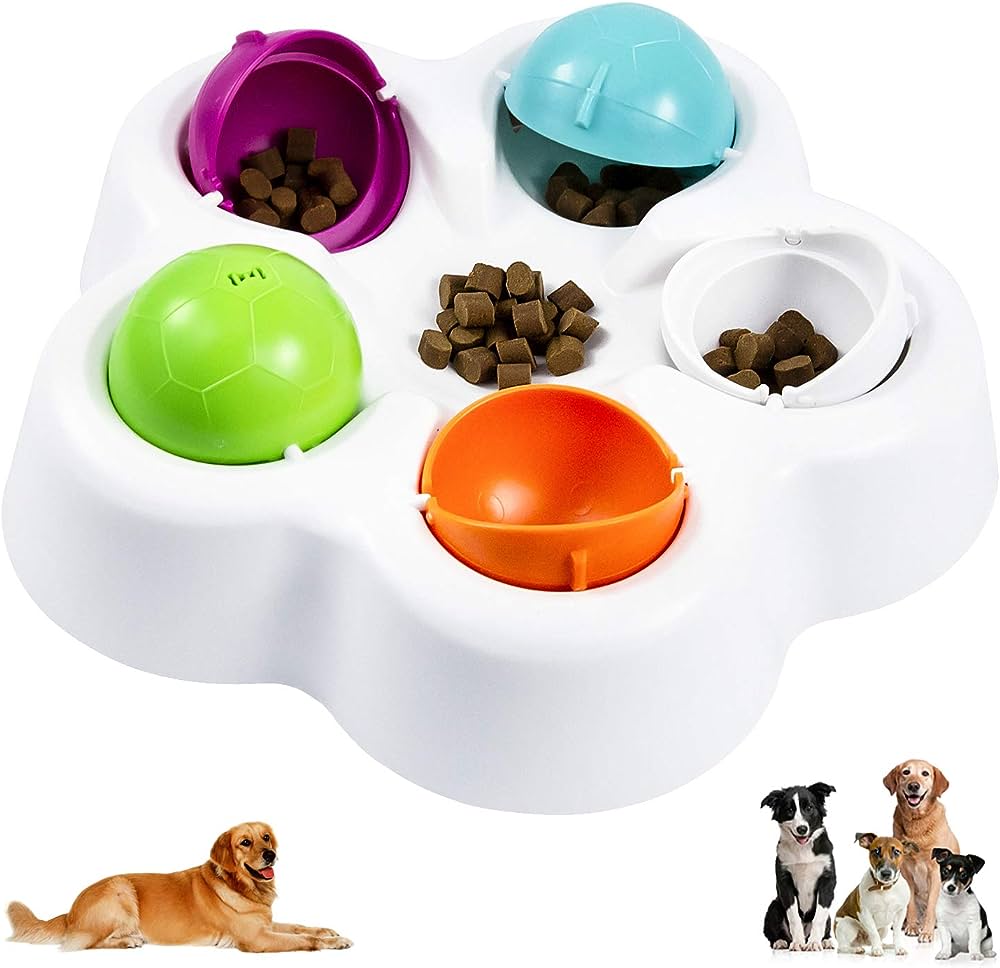
Safety Considerations
While interactive dog feeders are designed with safety in mind, it’s important to consider some safety precautions when using these tools.
Supervising your dog during feeding
Always supervise your dog during feeding sessions, especially when using interactive feeders. This allows you to ensure their safety, monitor their progress, and intervene if any issues arise. Supervision also allows you to prevent any potential choking hazards or accidents that may occur during feeding.
Choosing a feeder with non-toxic materials
Opt for interactive dog feeders made from non-toxic materials that are safe for your dog to interact with. Avoid feeders that contain any potentially harmful substances or materials that could break or splinter. Read the product descriptions and reviews carefully, and choose feeders that meet safety standards and certifications.
Avoiding small parts or choking hazards
Inspect the interactive feeder before each use to ensure that there are no loose or small parts that could pose a choking hazard. Some feeders may have removable components as part of the puzzle, so make sure these are securely fastened. Regularly check for any signs of wear and tear, and replace the feeder if it becomes damaged or poses a safety risk.
Regularly inspecting and cleaning the feeder
Regular inspections and cleaning of the interactive feeder are vital for maintaining its safety and hygiene. Inspect the feeder for any signs of damage or deterioration, and clean it thoroughly between uses to avoid the buildup of bacteria or mold. Follow the manufacturer’s instructions for cleaning and maintenance to ensure the longevity and safety of the feeder.
Introducing Variety and Engagement
To keep mealtime exciting and engaging for your dog, consider introducing variety and incorporating additional activities or enrichment options into their feeding routine.
Rotating different types of interactive feeders
Rotate between different types of interactive feeders to provide your dog with a varied and stimulating mealtime experience. Incorporate puzzle feeders, slow feeders, snuffle mats, treat dispensers, and food-dispensing toys to keep your dog mentally and physically engaged. Experiment with different designs, difficulty levels, and textures to cater to your dog’s preferences and keep them excited for each meal.
Incorporating food puzzles and games
In addition to interactive feeders, consider incorporating food puzzles and games into your dog’s feeding routine. These can include hiding treats or food around the house for your dog to find or using puzzle toys that require manipulation to release the food. These activities provide mental stimulation, encourage natural foraging instincts, and offer an added dimension of engagement during feeding time.
Food enrichment ideas for mental stimulation
Food enrichment involves providing mental challenges and problem-solving opportunities for your dog while they eat. You can create DIY food puzzles using cardboard boxes, PVC pipes, or stuffed toys. Hide treats or food inside these items, and let your dog figure out how to retrieve them. The mental stimulation and problem-solving involved in these activities can provide hours of entertainment and enrichment for your furry friend.
Interactive feeder alternatives for travel or busy days
While interactive feeders are ideal for regular mealtime routines, there may be occasions when they are not practical or feasible, such as during travel or busy days. In such situations, consider using alternative feeding methods that still engage your dog’s mind. Portable food puzzle toys, snuffle mats, or even scattering food in the grass or a confined area can keep your dog mentally stimulated and satisfied when interactive feeders are not readily available.
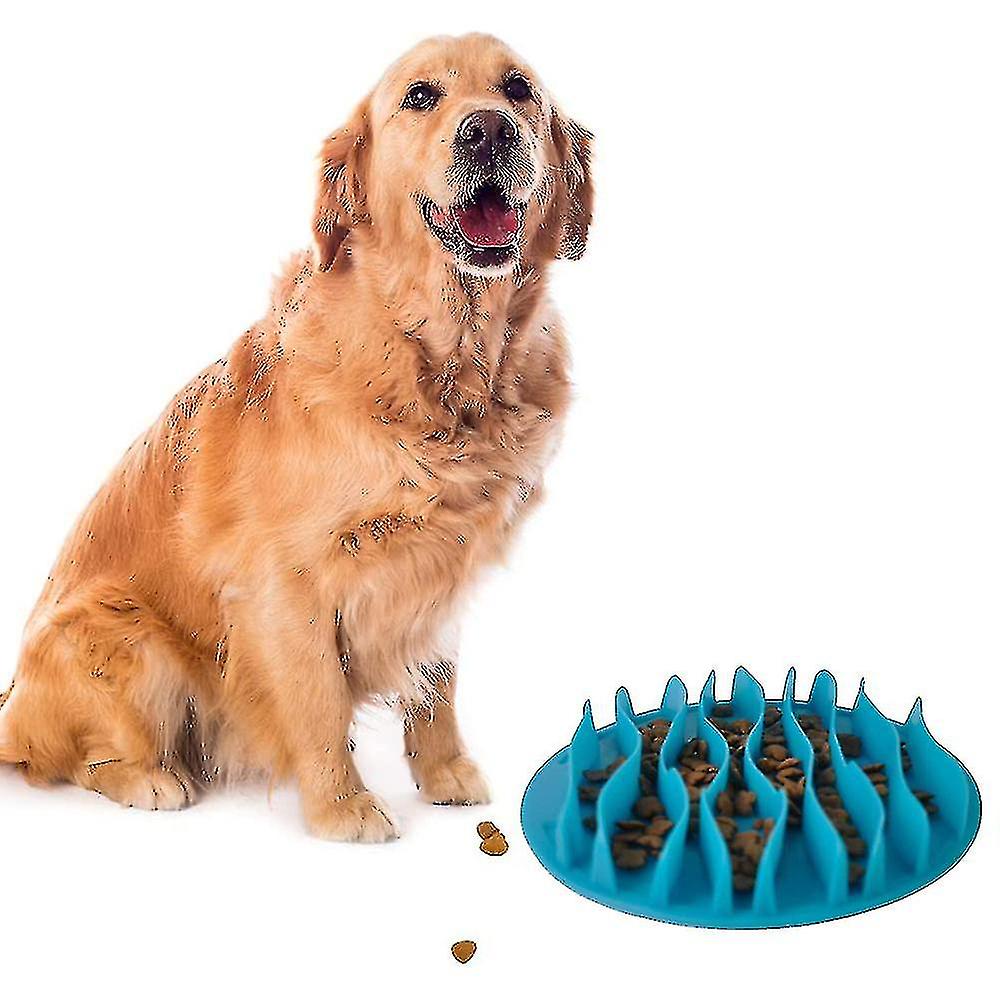
Homemade DIY Interactive Dog Feeders
If you enjoy getting crafty or want to save some money, you can create DIY interactive dog feeders using household items and materials.
Creating a treat-dispensing bottle
One simple DIY interactive dog feeder can be made using an empty plastic bottle. Cut several small holes in the sides of the bottle, fill it with your dog’s kibble or treats, and let your dog roll and manipulate the bottle to retrieve the food. You can adjust the size of the holes to make it easier or more challenging for your dog.
DIY snuffle mat from old fabrics
You can repurpose old fabrics, such as t-shirts or fleece blankets, to create a DIY snuffle mat. Cut the fabric into long strips or squares and tie them onto a sturdy piece of mesh or rubber matting. Hide kibble or treats within the intertwined fabric, and let your dog use their nose and paws to sniff and search for the food.
Muffin tin and tennis ball feeding game
For an easy DIY game that provides mental stimulation, place small amounts of kibble or treats in the cups of a muffin tin and cover them with tennis balls. Your dog will need to use their nose and paws to remove the balls and uncover the hidden food. This simple and inexpensive homemade feeder can keep your dog entertained and challenged.
PVC pipe puzzle feeder
Using PVC pipes, you can create a more intricate DIY puzzle feeder for your dog. Cut several pipes into various lengths and connect them with elbows and connectors to form a complex network. Drop food or treats into the pipes, and let your dog figure out how to navigate the maze and retrieve their reward. This DIY puzzle feeder can be customized to match your dog’s skill level and provide a stimulating challenge.
Using recycled materials for homemade toys
Look for recyclable items around your home, such as cardboard boxes or plastic containers, to create simple DIY interactive feeders. Cut holes, flaps, or compartments in the materials and fill them with food or treats. Your dog will have to manipulate or open the homemade toys to access the hidden rewards. Not only does this provide mental stimulation, but it also promotes sustainability by repurposing materials you already have.
Conclusion
Interactive dog feeders offer a fun and engaging way to enhance your dog’s mealtime experience. Through the use of puzzle feeders, slow feeders, snuffle mats, treat dispensers, and food-dispensing toys, you can provide mental stimulation, prevent boredom, encourage slower eating, and reinforce positive behaviors during feeding. By choosing the right interactive feeder for your dog, implementing effective training techniques, and exploring various feeding strategies, you can create a rewarding and enriching mealtime routine for your furry friend. So, why not make mealtime an interactive and enjoyable experience for your dog with the ultimate interactive dog feeder?

